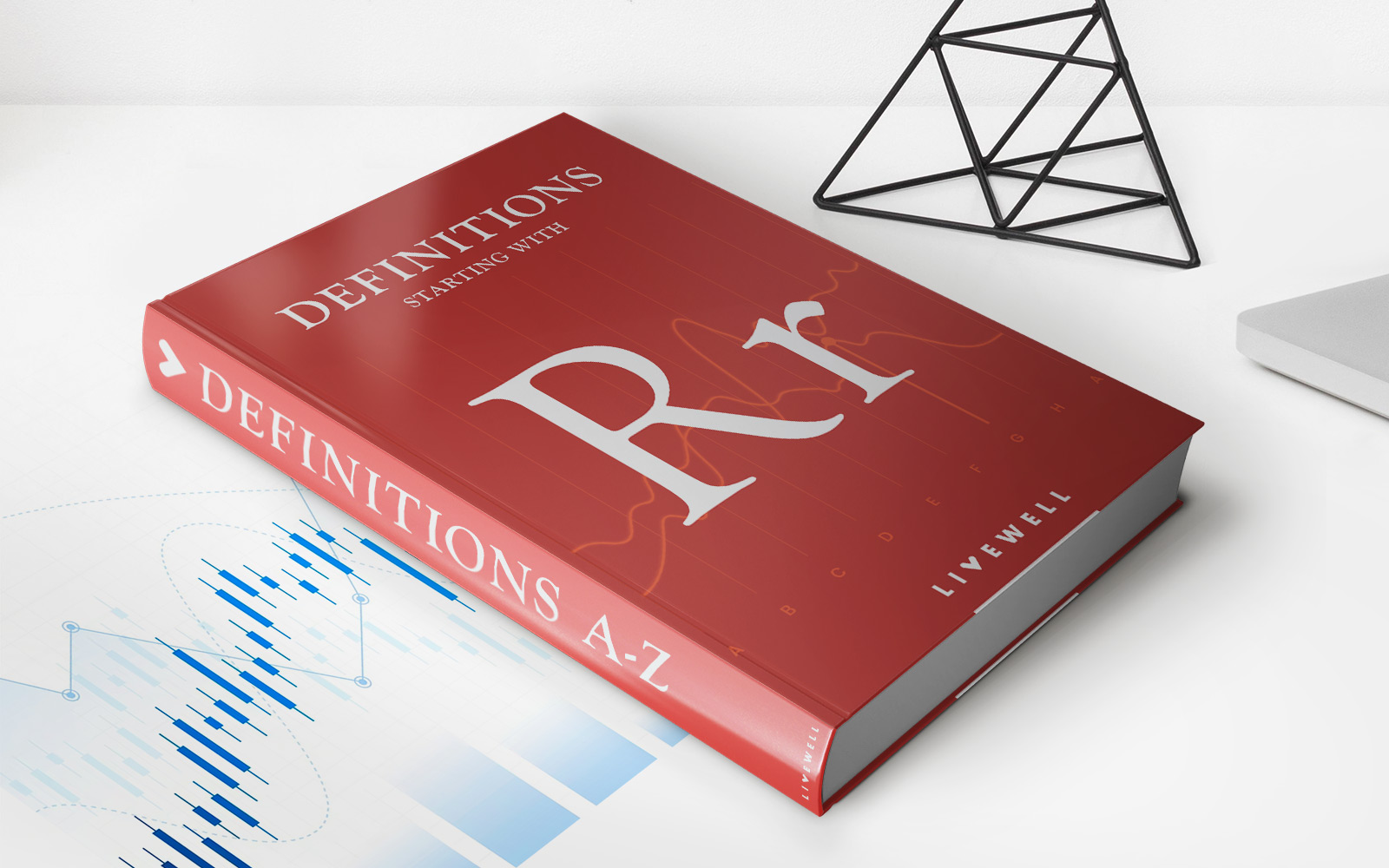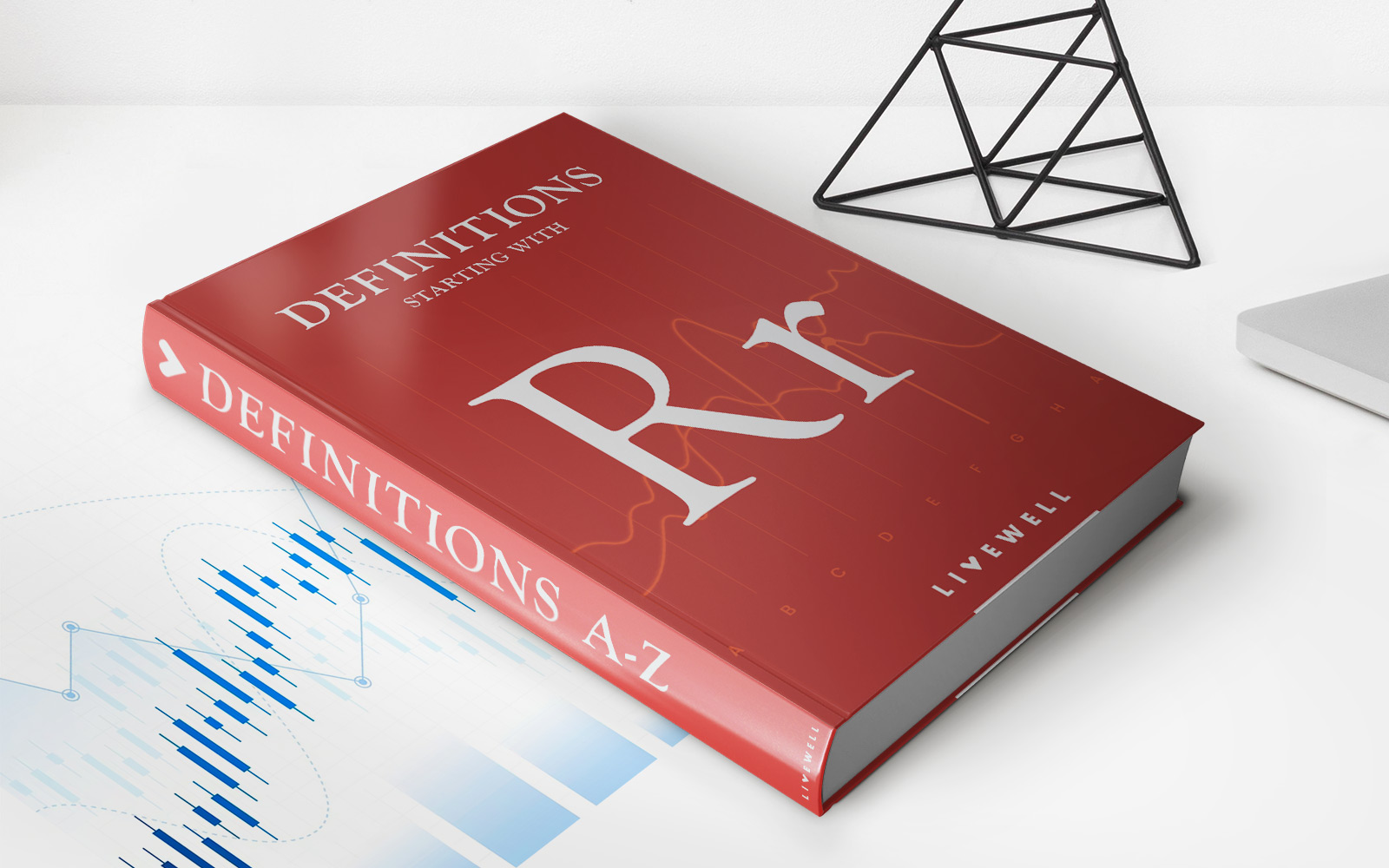Home>Finance>Relief Rally Definition & Conditions That Trigger It


Finance
Relief Rally Definition & Conditions That Trigger It
Published: January 18, 2024
Learn about relief rallies in finance and the conditions that trigger them. Understand how market dynamics can lead to temporary optimism and upward price movements.
(Many of the links in this article redirect to a specific reviewed product. Your purchase of these products through affiliate links helps to generate commission for LiveWell, at no extra cost. Learn more)
Experience a Financial Relief Rally: Understand the Definition and Triggering Conditions
Have you ever wondered what a relief rally is and what conditions can trigger it? Well, you’ve come to the right place! In this blog post, we will dive into the exciting world of finance and explore the concept of a relief rally. By the end, you’ll have a solid understanding of what it is, how it happens, and why it matters in the financial world.
Key Takeaways:
- A relief rally refers to a temporary upward movement in the price of stocks or other financial assets following a period of significant decline.
- Multiple conditions can trigger a relief rally, such as positive economic news, government interventions, or investor sentiment turning from negative to positive.
Understanding Relief Rally Definition
In finance, a relief rally can be defined as a temporary and often sharp increase in the price of stocks or other financial assets after a period of extended decline. Picture a scenario where stock prices have been plummeting for weeks, causing panic among investors and a general sense of unease in the market. Then suddenly, there is a surge in stock prices, signaling a relief rally.
A relief rally provides temporary respite for investors who have been weathering the storm of a downturn. It offers a glimmer of hope and boosts sentiment in the market. However, it’s important to note that a relief rally is typically short-lived and does not necessarily indicate a long-term trend reversal.
Conditions That Trigger a Relief Rally
Now that we understand the concept of a relief rally, let’s explore the conditions that can trigger it. These conditions may vary depending on the specific circumstances, but here are some common factors:
- Positive Economic News: When there is a sudden release of positive economic data, such as better-than-expected GDP growth, declining unemployment rates, or increased consumer spending, it can inspire optimism in the market and trigger a relief rally.
- Government Interventions: Sometimes, governments take action to stabilize markets during times of crisis. Injection of capital, monetary policy adjustments, or implementing new regulations can restore investor confidence and lead to a relief rally.
- Turnaround in Investor Sentiment: Market sentiment plays a crucial role in the occurrence of a relief rally. If investors who were previously negative about the market suddenly change their outlook and become more optimistic, it can spark a rally as they start to buy back into the market.
It’s important to remember that these triggering conditions are all interlinked, and market dynamics are complex. The exact combination and timing of these conditions may vary with each relief rally.
Wrapping Up
A relief rally is an intriguing phenomenon in the world of finance, offering a brief reprieve from extended market declines. While it can provide hope and respite for investors, it’s essential to approach relief rallies with caution and consider them within the wider context of market trends and economic conditions.
If you find yourself witnessing a relief rally, take a step back and consider the underlying factors that may have triggered it. Remember that markets are ever-changing, and it’s crucial to stay informed and make informed decisions based on thorough analysis and research.
So, the next time you come across the term “relief rally,” you’ll have a clear understanding of what it means and the conditions that can set it in motion. Happy investing!














